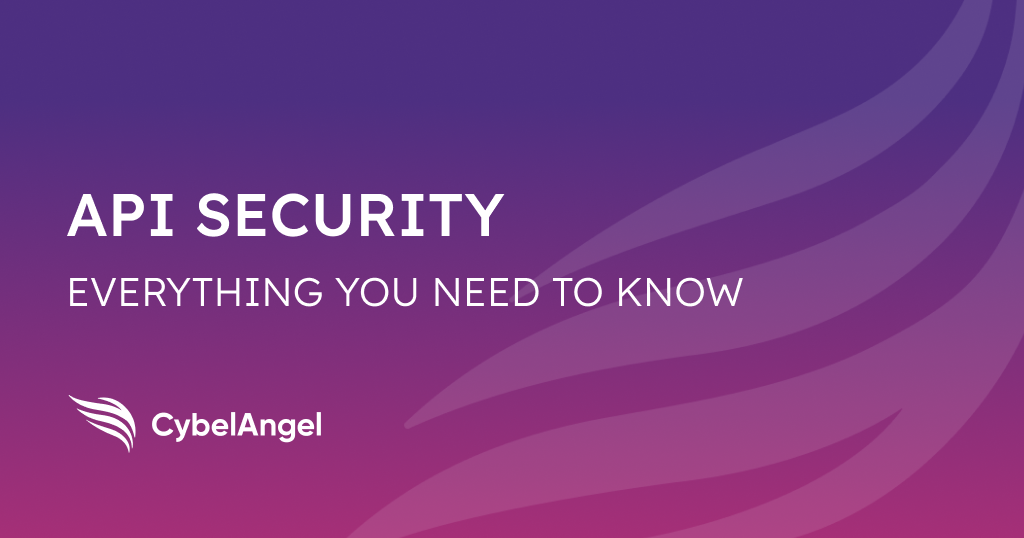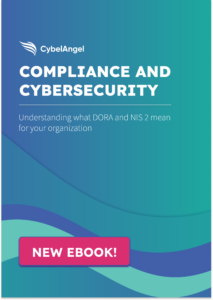What is API Security? Here’s Everything You Need to Know

Table of contents
In a world where cyberattacks and security threats are all too common, keeping all your systems and sensitive information safe is more important than ever.
But there’s one aspect of your cybersecurity that is often overlooked. APIs (Application Programming Interfaces) are often described as “the backbone of modern software systems,” allowing different apps to communicate with each other and stay in sync.
Cyberattacks aimed at APIs have increased by 137% in the past year. As the Internet of Things (IoT), modern applications, and interconnected networks become more prevalent than ever, cybercriminals and hackers are trying to exploit API security vulnerabilities and put organizations in a difficult position.
API systems can also open up a whole range of data exposures and security risks. In this blog, you’ll discover all the fundamentals of API security to keep your sensitive data and online systems safe.
1. What does API mean?
API stands for ‘Application Programming Interface’. APIs are software interfaces that allow different systems to communicate and share data. You can imagine an API system as a metaphorical telephone line that allows different software to keep in touch.
Before we go any further, here’s a quick glossary of terms that you might see cropping up in the API world. You can refer back to this list whenever you need to.
- API endpoint: The code, or point of contact, that permits two different software systems to communicate with each other
- API gateway: A software that handles the requests and delivery of data.
- API request/ API call: When an API is asked to do something or to share specific information.
- API header: Specific parts of your request that send metadata about the request and the necessary response.
- API key: The unique identifier used to authenticate any user or application that interacts with the API.
- Web API: Any API system which is designed to be used online.
- API traffic: The amount of data being exchanged between software using the API.
- API backend: The space where the API’s processes and information are stored.
- API lifecycle: This is the API development process, detailing how DevOps will first script and route an API and apply security measures, before releasing it into the world.
- API discovery: Tools that uncover external-facing APIs and provide threat assessment and risk indicators to enable swift remediation.
Everyday API examples
You probably already interact with API systems every day without realizing it.
For example, if you’re on a travel booking website, then these sites will tap into APIs from airlines, car rentals, and hotels to give you real-time information. Or, if you check your weather app, then an API will be used to find the latest forecast and temperature at your location.
However, there are some API security risks that every organization should be aware of.
2. What is meant by API security?
API security is all about the measures used to protect APIs and the sensitive data they handle from cyber threats and API attacks. Why is this important? Having the right API protection in place will safeguard your brand and reduce the risk of API security attacks.
Let’s break down the main API security layers, before unpacking the fundamental principles, along with how you can recognize secure API systems, and protect your own APIs, too.
What are the security layers of API?
Any successful API security framework will cover these four main areas.
- Service: Protecting the system from being flooded with traffic
- Data: Avoiding any malicious code being injected into the API system
- Identity: Ensuring that only the right people can use the API
- Access: Being certain that each user only has a certain level of access to the system
With this in mind, let’s explore the API security checklist that can help with securing APIs within each of these layers.
What are the fundamentals of API security?
There are lots of API security best practices, with the OWASP Top 10 API Security Risks a an excellent reference point for cybersecurity teams.
Here are the five fundamentals of API security.
- Authentication mechanisms: This involves verifying the identity of anyone accessing the API. You can do this using a range of authentication methods, such as API keys, OAuth, and JSON Web Tokens (JWT). All of these authentication and validation tools let you restrict who has access to API resources and web services.
- Access control: By regulating who can get access to the API, and to what extent, you can reduce your API attack surface (aka, the chances of being targeted by cybercriminals). For example, you can make the most of role-based access control (RBAC) or fine-grained access permissions.
- Encryption: With encrypted data systems, it’s much more difficult for hackers and cybercriminals to get access to API services and exploit them. For example, all web APIs should use “transport layer security” (TLS) to encrypt any messages while they’re being transmitted.
- Rate limiting or “throttling”: By controlling the amount of actions and automation that an API can do within a certain space of time, this can reduce the risk of Distributed Denial-of-Service (DDoS) attacks.
- Regular monitoring: Tools such as web application firewalls (WAFs) can monitor traffic and highlight any anomalies that could indicate an API attack.
API management and application security measures like these can go a long way in protecting valuable data, and keeping online networks safe from any security issues.
How do I know if an API is secure?
There are several questions your IT team can ask to identify whether your own API network is safe and secure to use.
- Do they have strong encryption protocols, such as transport layer security (TLS) in their specification?
- Do they have secure authentication mechanisms?
- Do they adhere to well-known security standards, such as mobile API security, OpenID Connect, or OAuth 2.0?
- Do they run regular security testing and audits?
Before being able to secure your APIs, you need to first get an overview of your API estate. External-facing API discovery solutions are a fundamental piece of the puzzle to get your teams full visibility into all APIs you own and their risk status.
A very important question to understand are the risks tied into API security is API discovery. It plays a vital role by facilitating smooth integration among systems and services. It empowers developers to easily locate and comprehend existing APIs, while also promoting innovation, collaboration, and the development of robust, interconnected applications.
What is API discovery?
API discovery involves the process of searching for and locating API resources, whether they are internal or external. Undertaking API service discovery is crucial for monitoring security risks for several reasons.
One of the main purposes of API discovery is to identify rogue, shadow APIs, vulnerable APIs or zombie APIs. These are outdated versions that should have been taken offline and decommissioned but are still operational due to personnel changes or oversight. Conducting API discovery helps organizations identify such APIs so they can handle them appropriately.
API discovery is also used by businesses to enhance project efficiency. By avoiding different teams reinventing the wheel and duplicating efforts on company projects, API discovery allows teams to identify existing APIs within the business that can be utilized by multiple departments.
API governance is a topic that presents significant challenges due to the disconnect between DevOps and InfoSec, as well as the decentralized nature of organizations across various business ecosystems. Additionally, external API discovery plays a significant role. Discovering how to leverage API discovery can save a considerable amount of time and effort.
How do I secure my API?
To secure an API, security teams need to focus on preventative measures, as well as responsible API development and consistent monitoring through it all.
By following the above principles with authentication mechanisms, encryption, and more, you can stay ahead of API risks and keep cybercriminals at bay.
3. Conclusion: How to secure APIs
When it comes to cybersecurity, API safety is often an overlooked factor. However, we rely on APIs more and more across our modern applications and software systems, from the Internet of Things (IoT) to cloud systems and microservices. This means that now is the time to secure them against cybercriminals.
Remember…
- Educate your DevOps and consumers about API security and safe coding practices
- Implement strong authentication and access controls
- Leverage web application firewalls (WAFs) and other tools to safeguard your systems
- Regularly update APIs to stay ahead of any vulnerabilities
- Monitor and log API traffic for any suspicious behavior
Ultimately, as the saying goes, “prevention is better than cure.”
With the right security measures in place, and by keeping ahead of the latest API developments and risks, you can safeguard your online processes against the ever-evolving threat landscape—and avoid any problems later down the line.
To learn more about the scope of cybersecurity in 2024, as well as future deep dives into the security issues that plague API requests, and API endpoints, keep an eye on CybelAngel’s blog for the latest trends and insights.
